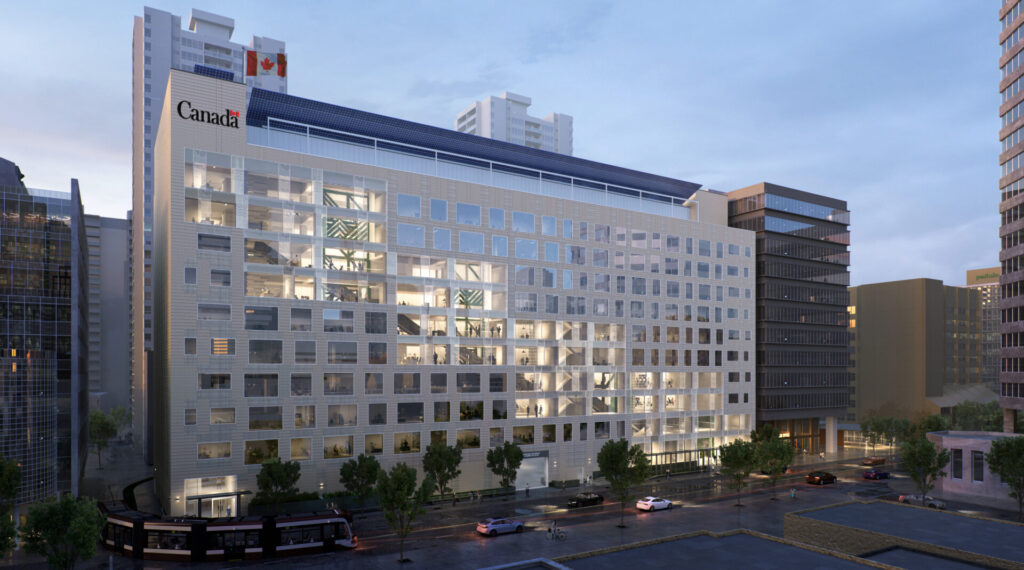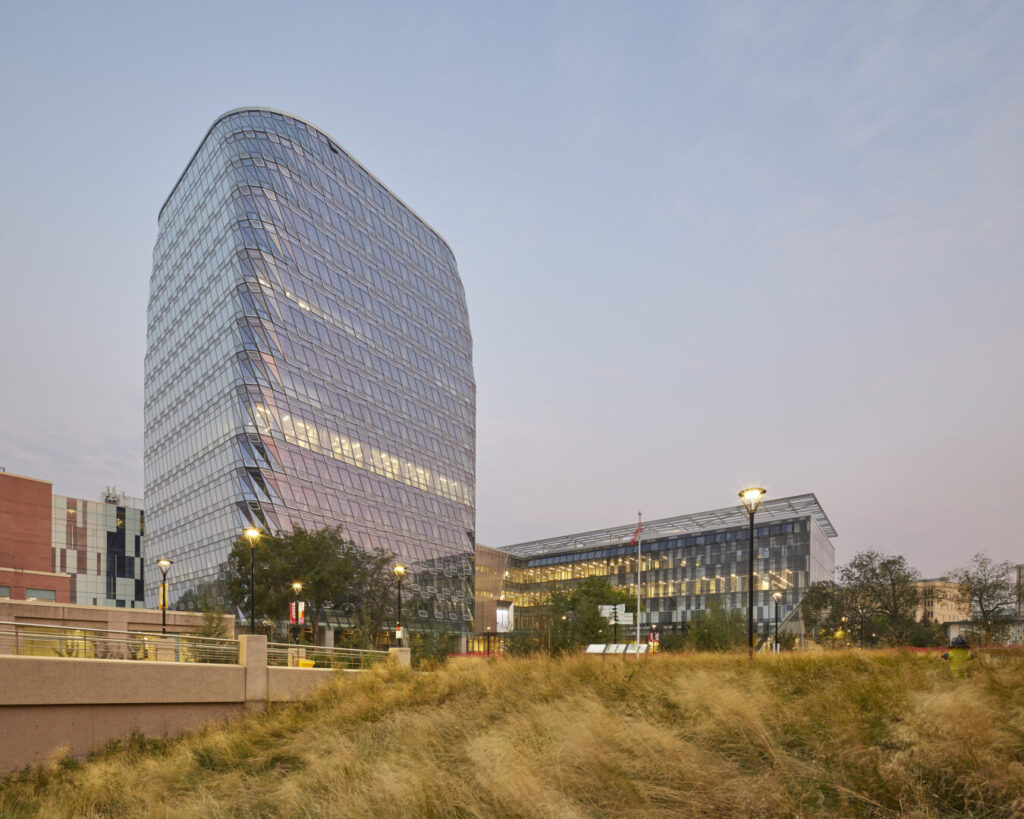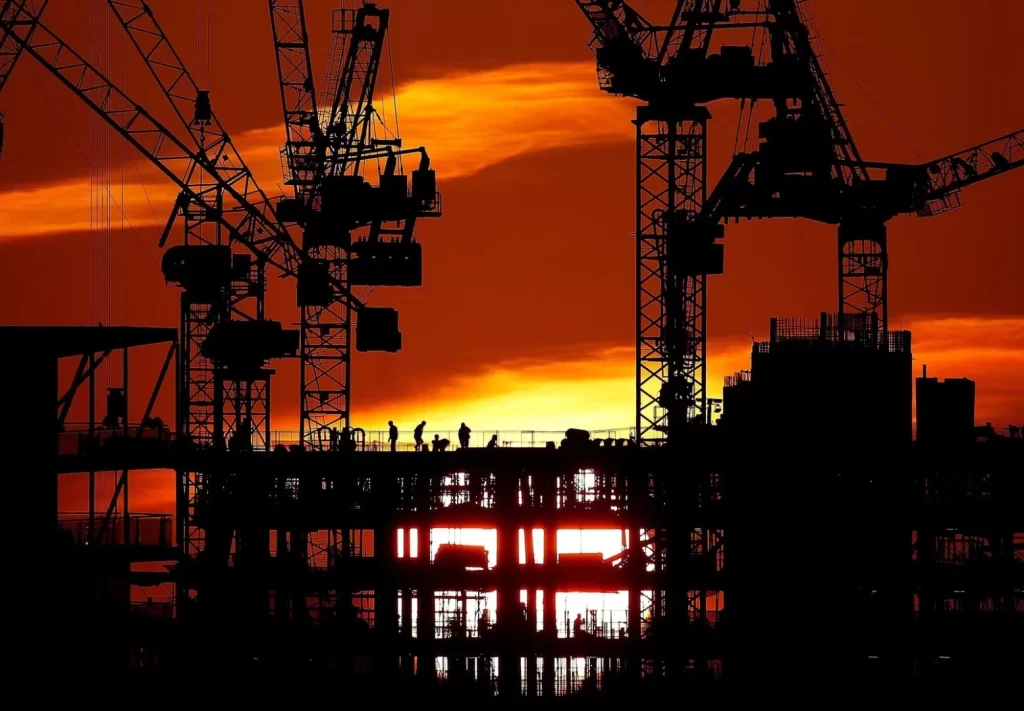According to data from the UN and the International Construction Councilthe construction industry contributes approximately 40% of the global CO2 emissions energy-related, but the Canadian Green Building Council has an alternative with which it is possible to reduce that figure: retrofitting old buildings to be reused instead of constructing new ones.
In an article in World Economic Forum, Antonio Gomez Palaciopartner and president of DIALOGThe report notes that retrofitting an existing building can generate between 50% and 75% less carbon than constructing the same building from scratch.
The CO2 emissions incorporated in the construction of a building emissions come from several sources in their life cycle, including the extraction and production of building materials, the transportation of these materials, the construction itself, the operation of buildings (such as heating, cooling and lighting) and demolition at the end of their useful life.
The Canadian Green Building Council estimates that major building retrofits alone can reduce emissions from this sector by up to 51%.
"The industry is developing better tools to measure the embodied carbon within existing structures, which includes greenhouse gas emissions arising from the manufacture, transportation, installation, maintenance and disposal of building materials," the article states.
The modernization of an existing building is more sustainable as it leverages existing infrastructure, reducing the need for new materials and energy. Deep modernizations also result in lower operating costs, improved thermal comfort and indoor environmental quality, and higher asset value.
Canada sets the example
To demonstrate the possible energy savings and the benefits of carbon incorporated of a profound modernization, the Canadian federal government undertook in Toronto a pilot project involving the renovation of a 440,000-square-foot 1950s office building.
As a result, energy consumption was reduced by 69% and GHG emissions by more than 80%.
"This project provides a proof of concept that older office buildings can be retrofitted to be better than new by modeling replicable technologies such as geothermal heat pumps, advanced heat recovery, and rooftop solar photovoltaic panels," the Gomez Palacio article states.
In this case, the existing concrete and steel structure, original to the building, was almost entirely reused, avoiding almost 7,800 tons of embodied carbon emissions effectively trapped in the existing materials.

Also in Canada, the University of Calgary undertook a thorough modernization of the MacKimmie Complexa 380,000-square-foot building. The institution reduced the energy consumption on an 80% at this complex and achieved design certification with zero carbon emissions of the CaGBC.
The retrofit strategy enabled the reuse of 8,500 tons of sequestered carbon within the concrete structure itself. Operationally, the previous tower had an energy use intensity (EUI) of 500. While a conventional retrofit targets an EUI of 125-200, the MacKimmie Complex was pushed further to 75, an 85% reduction in EUI.
In addition to the economic return on investment, which has demonstrated a simple 25-year payback on current utility costs alone, the university has leveraged the building as a teaching tool and opportunity to conduct further research through the university's "Campus as a Learning Laboratory" program.

With evidence of the economic and environmental advantages of choosing to rescue and reuse old buildings, cities, builders and designers can give new life to existing buildings, helping us meet much-needed climate-related goals while supporting the vitality of communities.
Source: World Economic Forum


